There’s a common quality endemic to Oregonians.
When I moved to Oregon ten-plus years ago to attend the Oregon Culinary Institute, I quickly noticed an attitude, an aura almost, distinct from the Midwest. Maybe the startling topographical beauty of the Cascade Mountain range and the Columbia Gorge called to people differently; maybe it was the wacky, creative food sub-cultures: craft beer, coffee, boutique distilling… but something was very, very different.
I noticed it in people’s pacing, in conversations laced with whimsy, in a casual naturalness.
The fundamental focus in the Pacific Northwest is on quality of life. This is what people discuss. It’s highly recreation-focused: every imaginable water sport on the Columbia; skiing, snow-boarding on Mt Hood; creative wandering in the tall-tree forests; recreating near the Pacific.
There’s an almost reverential dedication to world-class wine production grounded by a remarkable and unique food culture. Extraordinary regional ingredients are the foundation.
So, how does a quality of life focus translate to its residents? Oregonians are kind. Not transactional. Not retail-oriented. Not culturally restrictive. Kind. It doesn’t take long to notice: they’re easy greeters; they’re slower, more cautious drivers (sometimes, admittedly, a frustration for a non-native); they offer unexpected help when they notice a need.
What I’m describing is community, a community where art rests in the marrow of the people. Writing communities, artists, sculptors, photographers, ceramic and glass artisans, mural artists and textiles. Oregon is one of 27 states that mandates 1% of the direct construction funds of new or remodeled state buildings with construction budgets of $100,000 or more be set aside for the acquisition of art work. The program has resulted in over 2,400 works of art in public places created by over 800 artists.
Bursting!
The renaissance of spring in the Pacific Northwest saturates fallowed fields and re-enlivened rivers and streams as the snow pack on the mountain yields to meandering jet streams.
We see it in the anticipatory birthing of Oregon's beloved roses in delicately manicured gardens in neighborhood parks.
Each year, I notice spring as more of an enlivener, more an energetic push to look for what I love in the world. I feel an elevated sense of self-determination.
My segue into spring is in the markets. Deep, rich florals. Striped tulips that seemingly smile. Green, purple and white vegetable palettes. Oranges, pinks, greens that shock and amaze.
A Big Spring Weekend
This weekend we'll enjoy a leisurely mid-morning nosh of hot cross buns and dark roast coffee. Our recipe is as close as I can engineer to the buns I fell in love with at Servatii Pastry Shop in Cincinnati. "Servatii" evolved from Servatius, patron saint of the city gate in Munster, Germany where George Gottenbusch first opened Café Servatii on Servatii Platz. George's son, Wilhelm Gottenbusch, opened his first shop in 1963, then a one-man shop. Sixty years later, the Servatii family maintains the high level of quality George used a master baker.
I Love a Coffee Maven
As I've previously written, Edna Lewis's influence suffuses my earth-grounded cooking style. Miss Lewis often talked of her love for rich, bold coffee:
"Coffee came in a container, just as the present-day cereal packages do. It was wax-lined and the grains never seemed to have lost their strength. Long boiling didn't seem to make the coffee bitter, either. Of course, everyone used high-quality enamel pots and well water. And coffee trees hadn't yet been tampered with by the experimental stations."
My favorite snapshot of Miss Lewis's love for coffee has made a permanent imprint in my mind:
“Morning was incomplete without that cup of well-boiled coffee with cream from overnight milk, which was stirred in to make a mocha-colored kind of coffee syllabub. The froth on the coffee was quickly chased around the cup with a spoon and spooned into the mouth before it vanished."
Headnotes
Several years ago after considerable research and comparative analysis on basic hot cross bun recipes, I created one that had the potential to produce the Servatii hot cross buns I love.
The result is a tender, well-aerated, pull-apart bun that you will find success with each and every time you make them.
If you have a counter-top proofer, use it! If not, no worries. Simply allow the dough to proof at warm room temperature, covered lightly with plastic.
My recipe for Candied Mandarin Orange Zest can be used for a thin-skinned lemon, like the commonly available seedless lemons in most markets. If you choose to use a thicker skinned orange like a Navel, increase the last pre-sugar simmering time to 30 minutes, then watch for the translucent look of the finished candied peel when they’re cooking in the sugar syrup; your simmering time will increase. Use the tines of a fork, gently pressing through the zest to determine tenderness. Of course, you can buy good quality candied orange to suit your desire for time and effort!
Please support this work.
TASTE - Pacific Northwest is written as a service to you: to educate and to inspire you to explore your own regional legacy ingredients.
If this work matters to you, please consider supporting it. You can upgrade to a paid subscription or send a one-time donation via Ko-fi. Your support helps me to keep doing the work that matters to us both.
Thank you.






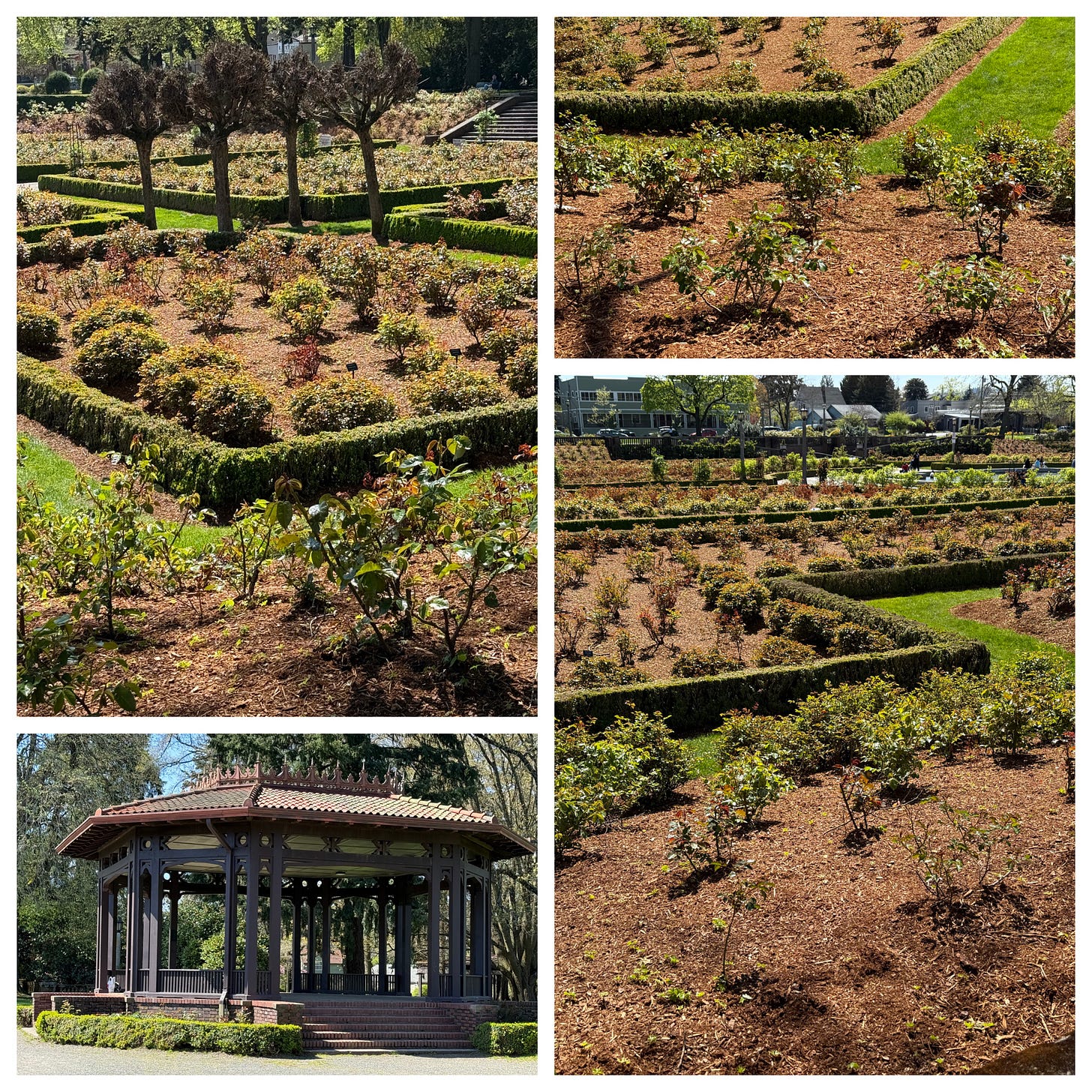


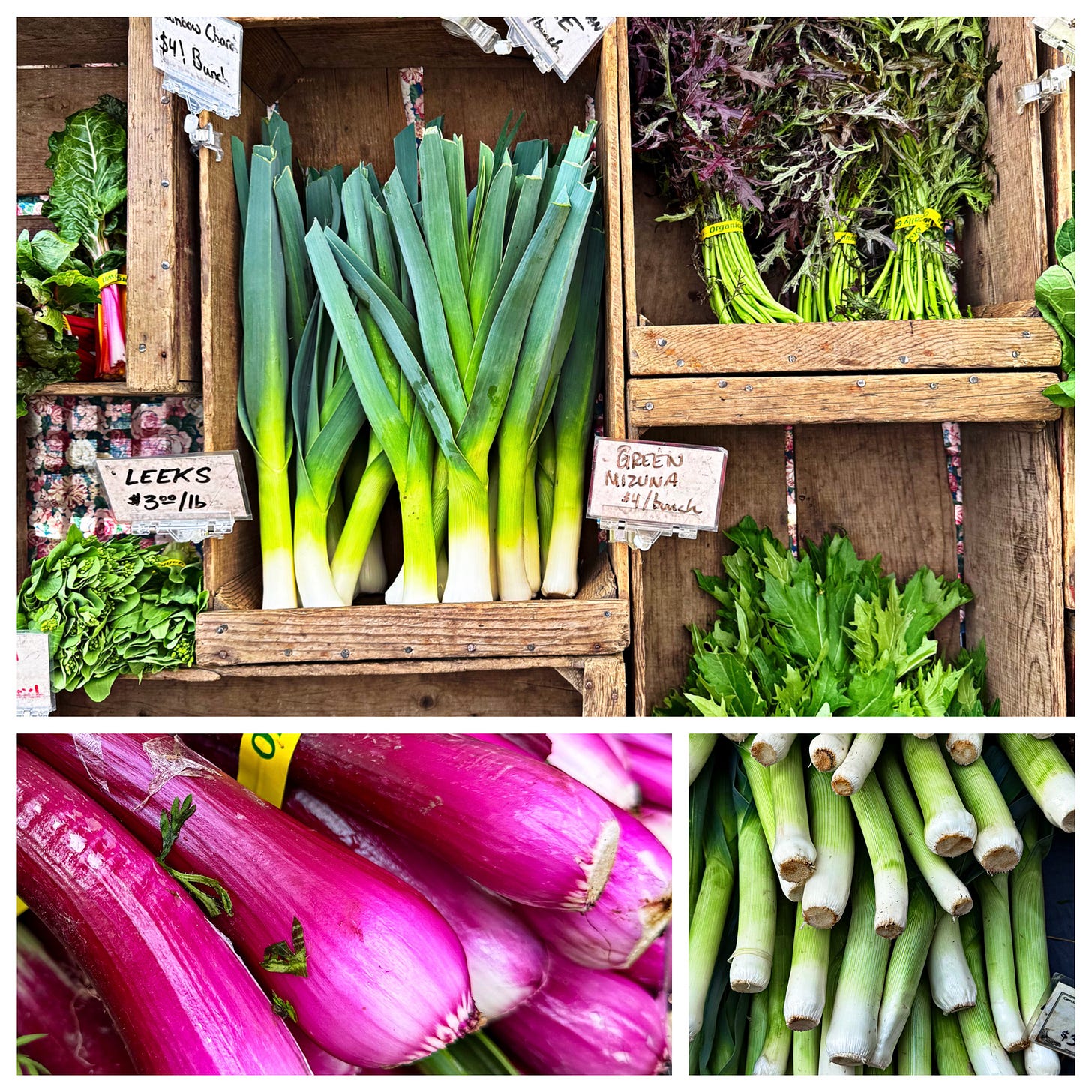
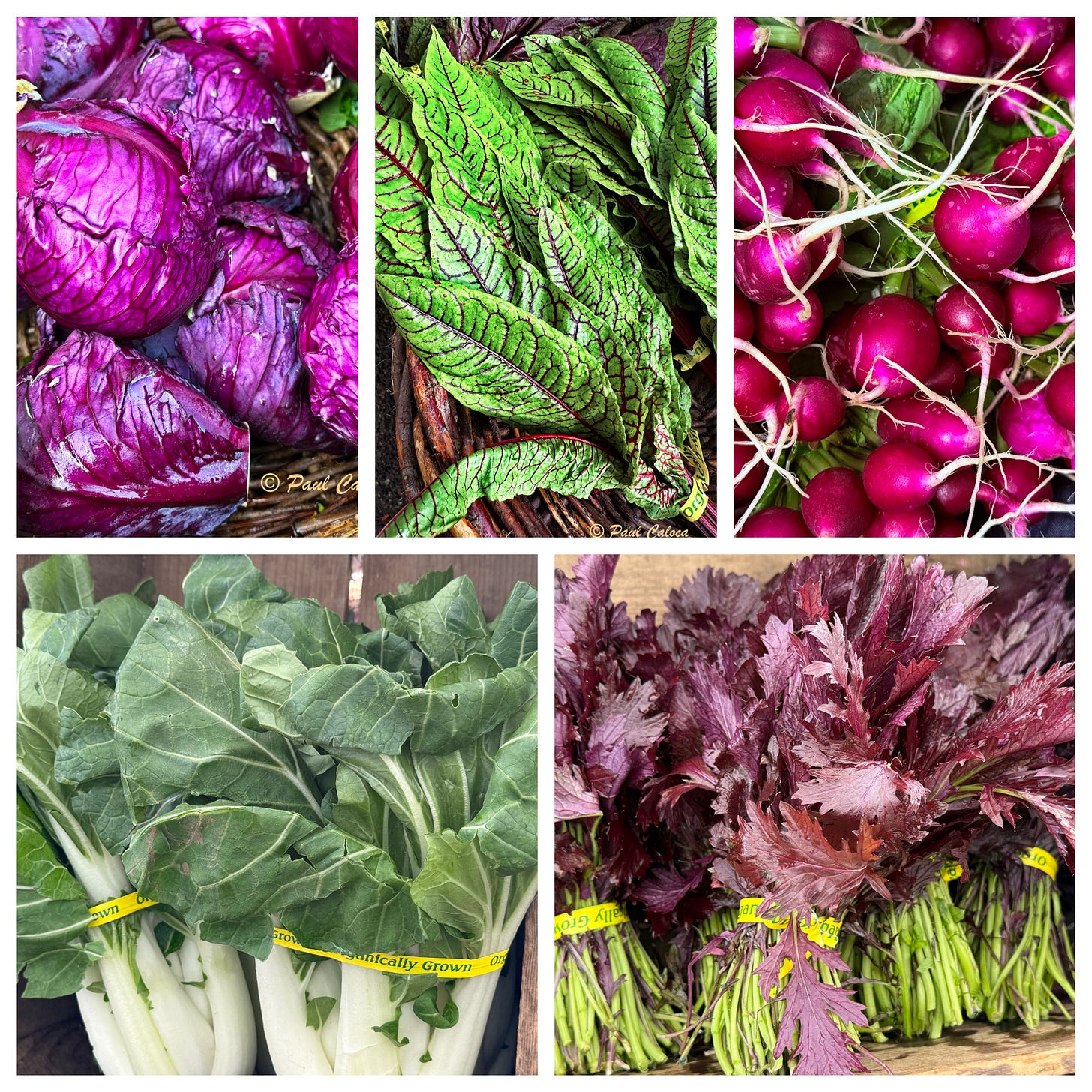
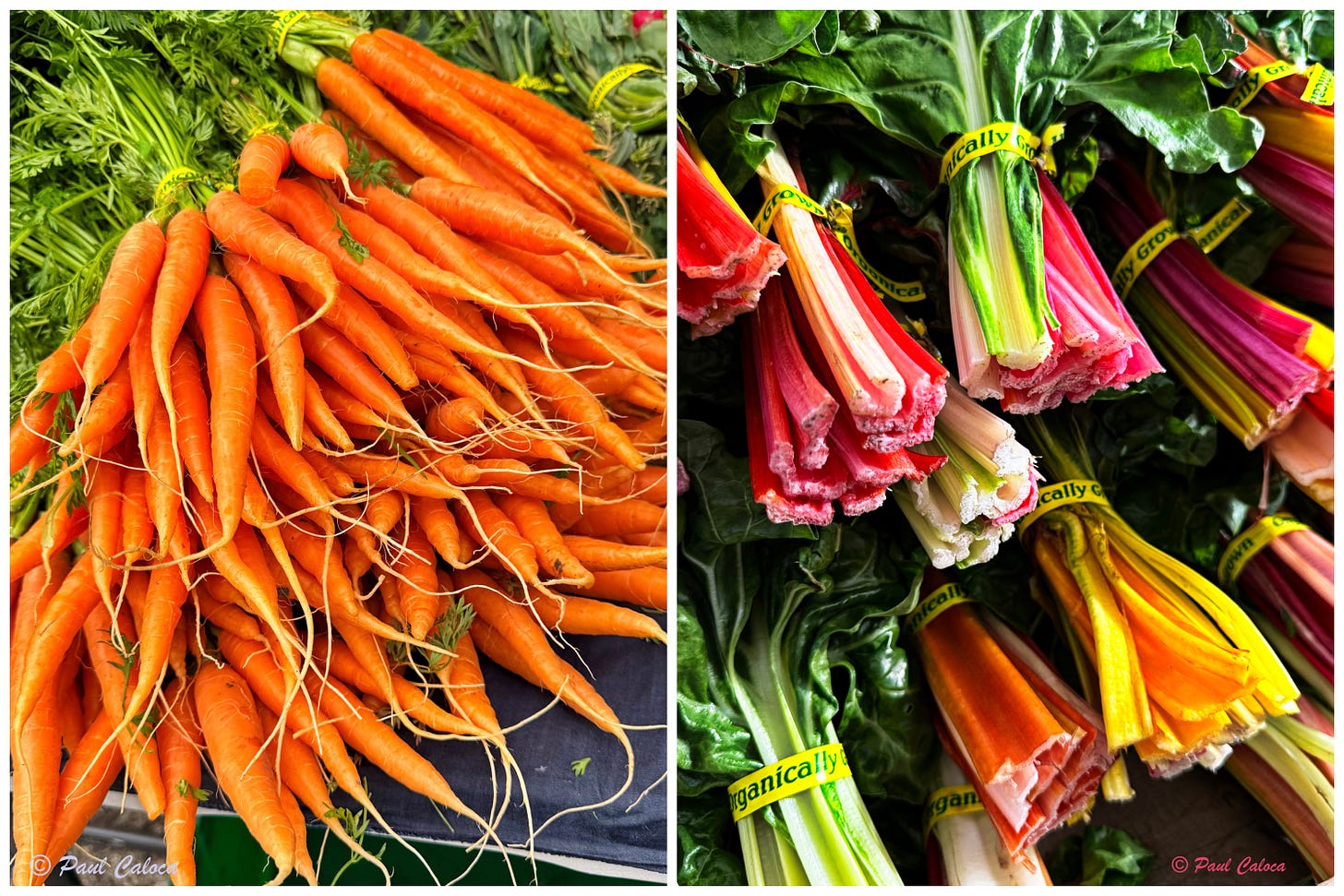
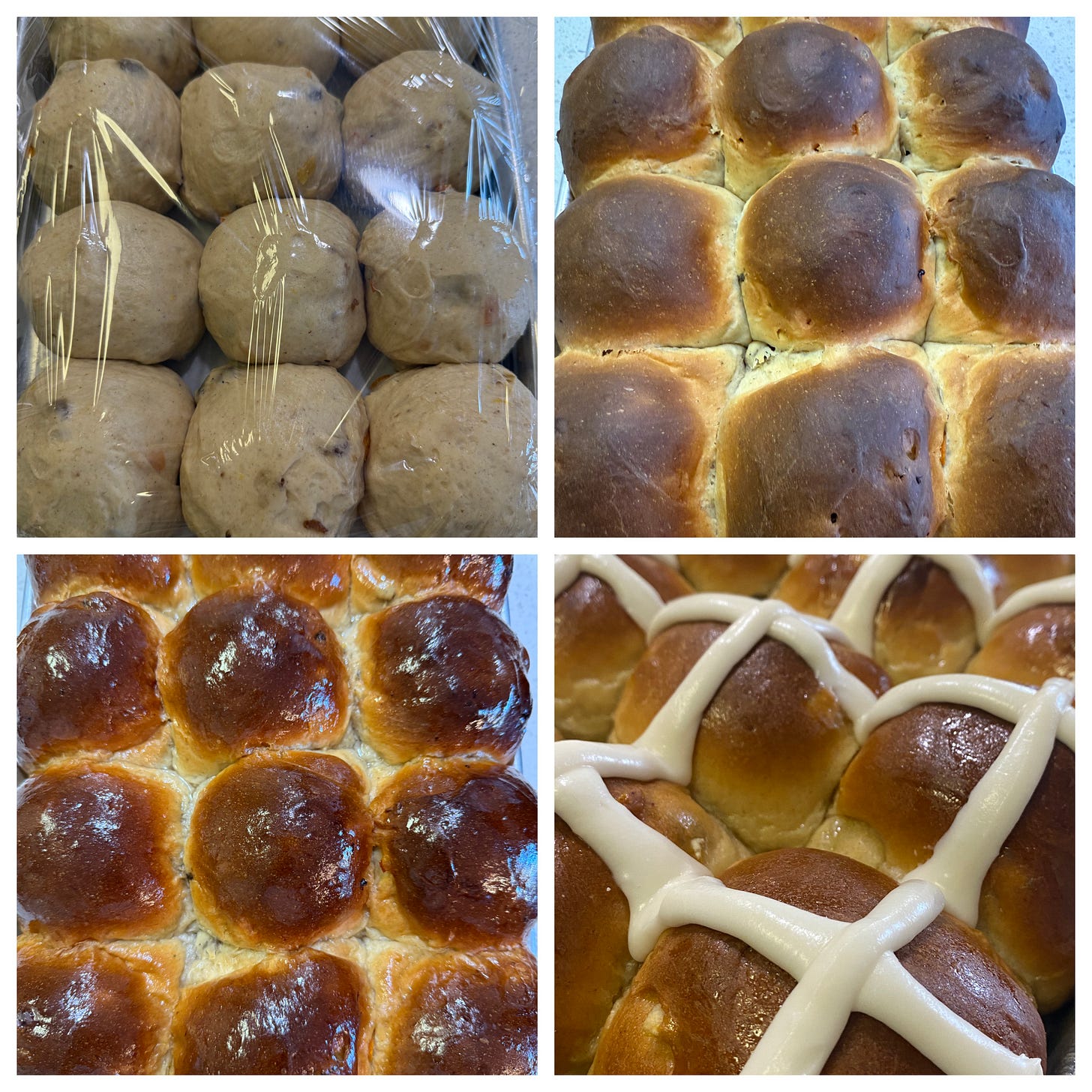


I live in the Gorge and was relieved when I retired early so I could hike and camp on weekdays! So many trails, so many people. But you nailed the PNW vibe - outdoor recreation. I have an entire shed filled with gear for car camping, hiking, XC skiing, snowshoeing, fishing, rafting, and hiking. I am less active as I age but hesitate to eliminate gear...feels like I am giving up!
I seldom eat baked goods but those buns looked delicious.
I recognize that historical rest stop along the Columbia Gorge highway -- I visited it some years back.
You're right on about the outdoor recreation focus in the PNW. Growing up, I was always a little jealous of my friends who got to go camping and skiing -- big hikes were maybe not quite as popular then. My parents were just not into that, although they did have the wherewithal to make sure we learned to swim, which neither of them did.
And the food is overall quite good if you know where to go! I actually find some similarities between the PNW and France as far as enjoying life to the fullest.